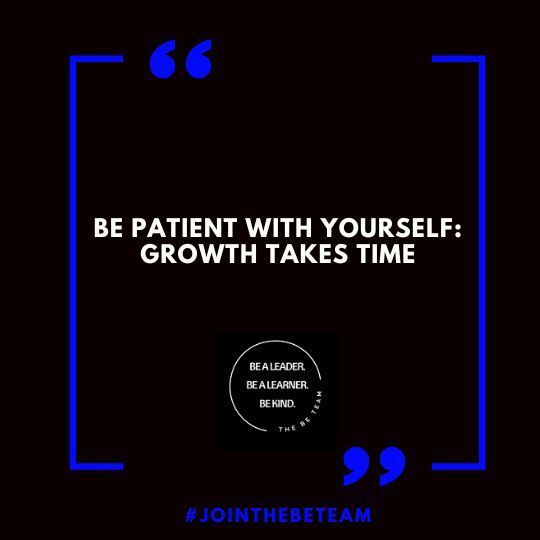Be Patient With Yourself: Growth Takes Time
Be Patient With Yourself: Growth Takes Time

In today’s fast-paced world, it’s easy to feel pressured to achieve instant success. As leaders and educators, we often place high expectations on ourselves and want to see immediate results, whether it’s in our professional development, leadership effectiveness, or the impact we’re making on our institutions. But true growth—personal, professional, and organizational—doesn’t happen overnight. It takes time, patience, and a willingness to embrace the journey.
One Thought to Consider
It’s easy to look at the accomplishments of others and assume that they’ve always been successful. We see the polished presentations, thriving teams, and transformative school cultures and think they must have happened effortlessly. But what we don’t see are the countless hours of preparation, the setbacks, the moments of doubt, and the small, incremental steps that paved the way. This is the reality of growth: it’s often invisible and rarely linear.
For educational leaders, patience is essential. Whether you’re working to build a stronger team, implement new initiatives, or enhance your own leadership skills, the process requires perseverance and grace. It’s about allowing yourself to make mistakes, celebrating small wins, and understanding that setbacks are part of the path to progress.
Two Strategies to Try
- Rethink What Progress Looks Like
Leaders who excel at fostering growth in others sometimes struggle with giving themselves the same grace. We encourage our teams and students to take risks, be resilient, and embrace a growth mindset. But when it comes to our own journeys, we often fall into the trap of self-criticism and impatience. Instead of focusing solely on the end goal, ask yourself: - What small wins can I celebrate today?
- What did I learn from this experience?
- How am I showing up differently than I did last month or last year?
By shifting your focus to growth over time, you’ll begin to see how each small step is contributing to a larger transformation. Remember, the most impactful leaders are not those who rush to the top but those who understand the value of the climb.
- Practice Grace Daily
Giving yourself grace means extending the same kindness and understanding to yourself that you would offer to others. It means acknowledging that you are a work in progress and that perfection is neither attainable nor necessary. Grace allows you to let go of unrealistic expectations, quiet the inner critic, and embrace the beauty of becoming rather than simply being.
Practical ways to practice grace: - Set realistic goals: Break down larger goals into smaller, more manageable milestones. Celebrate each milestone as a victory.
- Embrace reflection: Take time to reflect on your progress weekly. Journaling can help you track growth and recognize areas where you’ve made strides.
- Prioritize self-care: Growth can be exhausting. Make time for rest, rejuvenation, and activities that nourish your well-being.
One Question
Reflect on your current leadership journey: In what areas of your life or work are you expecting immediate results, and how might shifting your focus to the process instead of the outcome help you find more peace and fulfillment?
Action Item
Over the next week, choose one area where you tend to be hard on yourself. Commit to practicing patience and grace in that specific area. Whenever you notice negative self-talk or a sense of urgency, pause and remind yourself: “Growth takes time. I am a work in progress.”
Final Thoughts
When we show up each day with patience, grace, and a willingness to learn, we inspire others to do the same. As an educational leader, your influence extends far beyond the walls of your institution. By embracing your own growth journey, you become a beacon for others, showing them that true leadership is not about achieving perfection but about the continuous, courageous pursuit of becoming our best selves.
So, give yourself the grace to grow slowly. Trust the process. And remember that every step forward, no matter how small, is still progress.
You’re not just leading change—you’re living it.
Until we meet again: Be a Leader. Be a Learner. Be Kind.
- Dr. Roy Bishop, Jr.
Ready to take your leadership skills to the next level? Click Here to sign up for a complimentary 1-hour leadership consultation with me today! Let's work together to equip you with everything you need to achieve greatness!
share this
Related Articles



STAY UP TO DATE
the latest from the be team
Receive an alert anytime a new post drops
Contact Us

